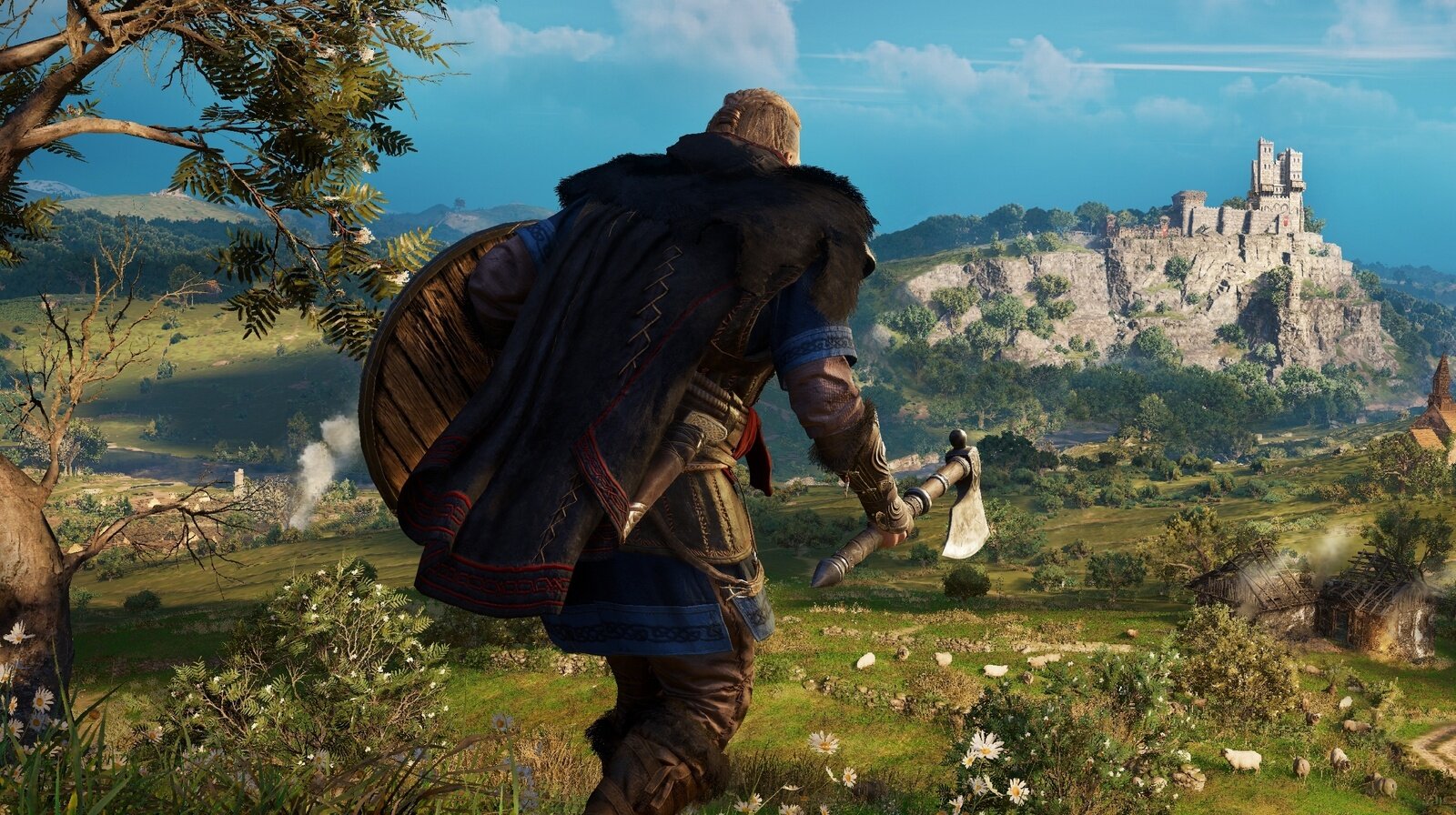Microsoft’s Vision of xCloud Is About Evolving The Next-Gen User Experience
/As I’ve written about previously, the upcoming generation is probably the first in some time where rival platform holders are presenting different visions of the future. In the past, platforms tended to promise the same things – more power, must-have exclusives, online features, et al – and as such, the ‘winner’ would be the company that did those things most effectively.
The biggest wild card is the role of game streaming. While this wouldn’t be the first time the technology has been floated as part of a possible future – Sony bought Gaikai back in 2012 and famously squandered its potential with the half-hearted PlayStation Now – it will be the first where the technology seems viable, even necessary, an era when streamed entertainment is a way of life and will remain so in an uncertain pandemic suffused future.
That’s why Microsoft’s announcement that Project xCloud, their in-beta streaming service, will become a part of Game Pass Ultimate is such an, ahem, game changer. The Game Pass is already one of the biggest value adds to the Xbox platform. Bundling xCloud into the Pass only strengthens Microsoft’s strategy of Xbox as an all you can eat, anywhere you can play subscription.
Such a strong move declares what future Xbox envisions for streaming alongside many of the baseline assumptions about modern video game infrastructure. Historically, streaming’s most fervent promoters assumed it would replace how games are delivered and played, making comparisons it to how video streaming services supplanted DVDs among all but the most die-hard home video aficionados.
Ubisoft has demonstrated interest in game streaming by supporting Stadia with Assassin’s Creed Odyssey. It stands to reason that the upcoming Valhalla will come to xCloud.
But when giants like Google and NVIDIA fumbled in trying to divorce games from high-powered devices, it became to difficult to visualize their future of people paying for thin software clients to pipe hot videogame action onto various smart screens. By making xCloud a feature that Xbox users have access to, it shifts the role of streaming from a difficult to justify standalone subscription to a crucial part of a premium offering, i.e. Game Pass.
This is, as the business cliché goes, a great example of ‘synergy,’ in which services add value to one another. The Game Pass’ all you can eat menu adds value to xCloud’s promise of accessing games on any device that supports it. Rather than go for table-flipping disruption Google and NVIDIA set their sights on, Xbox is proposing an evolution of gaming infrastructure, in which the platform’s value expands beyond the confines of a flagship device.
This is likely to be a disappointment for cloud gaming die-hards who were in love with Stadia’s grand ambitions. But Microsoft’s choice to make xCloud a feature of Game Pass Ultimate is the more realistic maneuver. It recognizes the present limitations of streaming while keeping its future open. In the years to come, the service can evolve alongside a captive base of subscribers.
Developers can make their own plans about how to leverage the portability enabled by xCloud for their titles, rather than making custom ordered compromises for existing titles, as is the case with Stadia. It remains to be seen how Sony, Google, NVIDIA and presumably Amazon will respond. It’s definitely a wake up call for whatever strategies they’re developing as Game Pass Ultimate with xCloud is a value proposition few of them are in a position to match.
Sony holds the second best hand here, in spite of the aforementioned fumbles. They haven’t been forthcoming about what future lies for PlayStation Now, and while there’s potential for a retro-play service that allows users to access the PlayStation’s rich back catalog, the market for that is unclear. What’s clear is that by making streaming complementary rather than revolutionary, Xbox has secured the technology’s place in the generation to come.















While PC players enjoyed a relatively smooth launch with minimal lag and queue times, console players faced significant challenges. Issues surrounding licensing errors left many unable to access the game, causing frustration in the community. Despite these hurdles, Diablo IV showcased its premium gameplay and captivating storytelling to those that got access to the game’s early access.